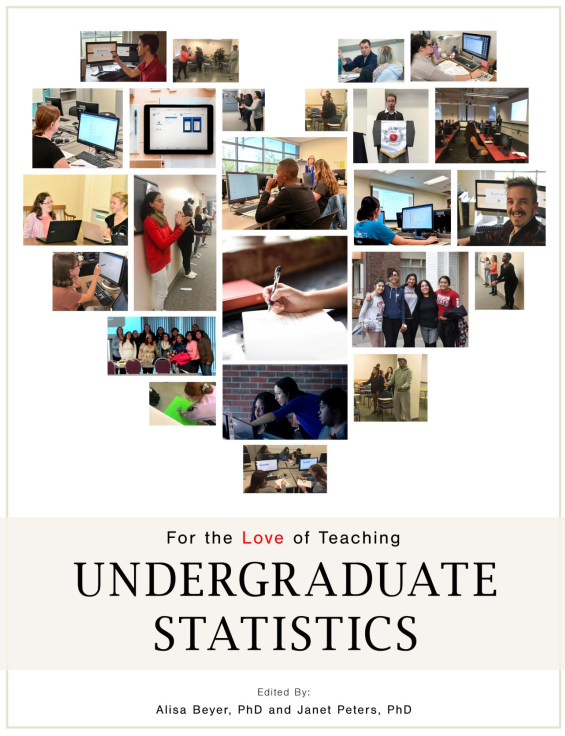Video: Mean, Variance, and Standard Deviation
This video (14:21) explains the statistic fundamentals of central tendency and variability from StatQuest with Josh Starmer. Bam. You can find the StatQuest website here.
Video: Mean, Variance, and Standard Deviation Read More »






